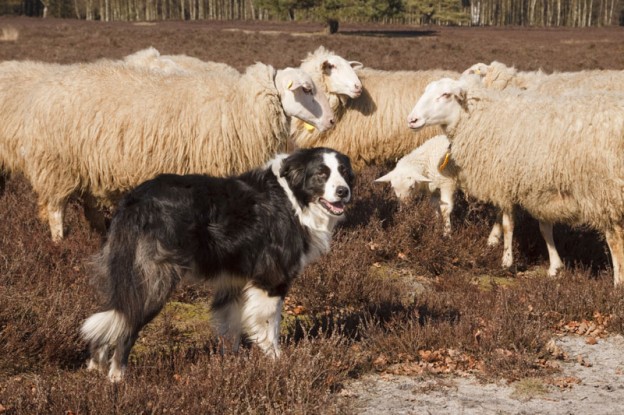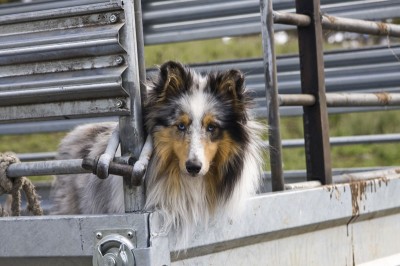
If Australia was built on the sheep’s back, it was only made possible by the resilience and hard work of our herding breeds. While these dogs may be urbanised, their herding spirit lives on, as Kristie Bradfield discovers.
The herding of livestock is perhaps one of the oldest jobs performed by domesticated dogs. Without these dogs, the vast cattle and sheep stations that were so integral to our country’s growth would have surely failed. It’s become increasingly popular for herding breeds to make their home in the suburbs, far from the open fields and bustling stockyards known by their ancestors. Unfortunately, this quieter lifestyle has spawned a range of problem behaviours exhibited by dogs coping with environments that don’t challenge them. Enter herding, a sport created to reconnect these dogs with their herding DNA.
What is herding?
Herding is not unlike agility and obedience — a sport that celebrates the unique herding instinct of working breeds. Handlers control their dog’s movements by a series of commands and together they work to move livestock — generally sheep, ducks or cattle — around a course. Organisations like the Australian National Kennel Council (ANKC) have established programs to preserve the unique instincts possessed by these herding breeds. Through tests and trials, the ANKC have been able to provide a benchmark against which a herding dog’s basic ability and instinct can be measured.
How do I get started?
A number of breed clubs around the country hold herding events throughout the year, but over the last five years there have been specialist herding schools popping up to provide regular training with livestock. Unlike herding trials, which are competitive events and only open to recognised herding breeds, herding training is usually open to all who are interested.
Herding commands
Skilled handlers can control their dog’s movements using a few simple commands. Here are some examples. Come-bye: go to the left of the stock. Away to me, or just away: go to the right of the stock.
Stand: stop.
Cast: gather the stock into a group.
Find: search for stock.
Get out/get back: move away from the stock.
Bark: bark at the stock.
Look back: return for a missed animal.
That’ll do: stop working and return to the handler.
Where to get more information?
Keen to start herding? The best place to get all the information, rules and regulations relating to herding in Australia can be found at the Australian National Kennel Council website at ankc.org.au.
Want more information every time you read an interesting article? Subscribe to DOGS Life magazine here.
Make sure your furry friend is always looked after at our DOGSLife Directory




